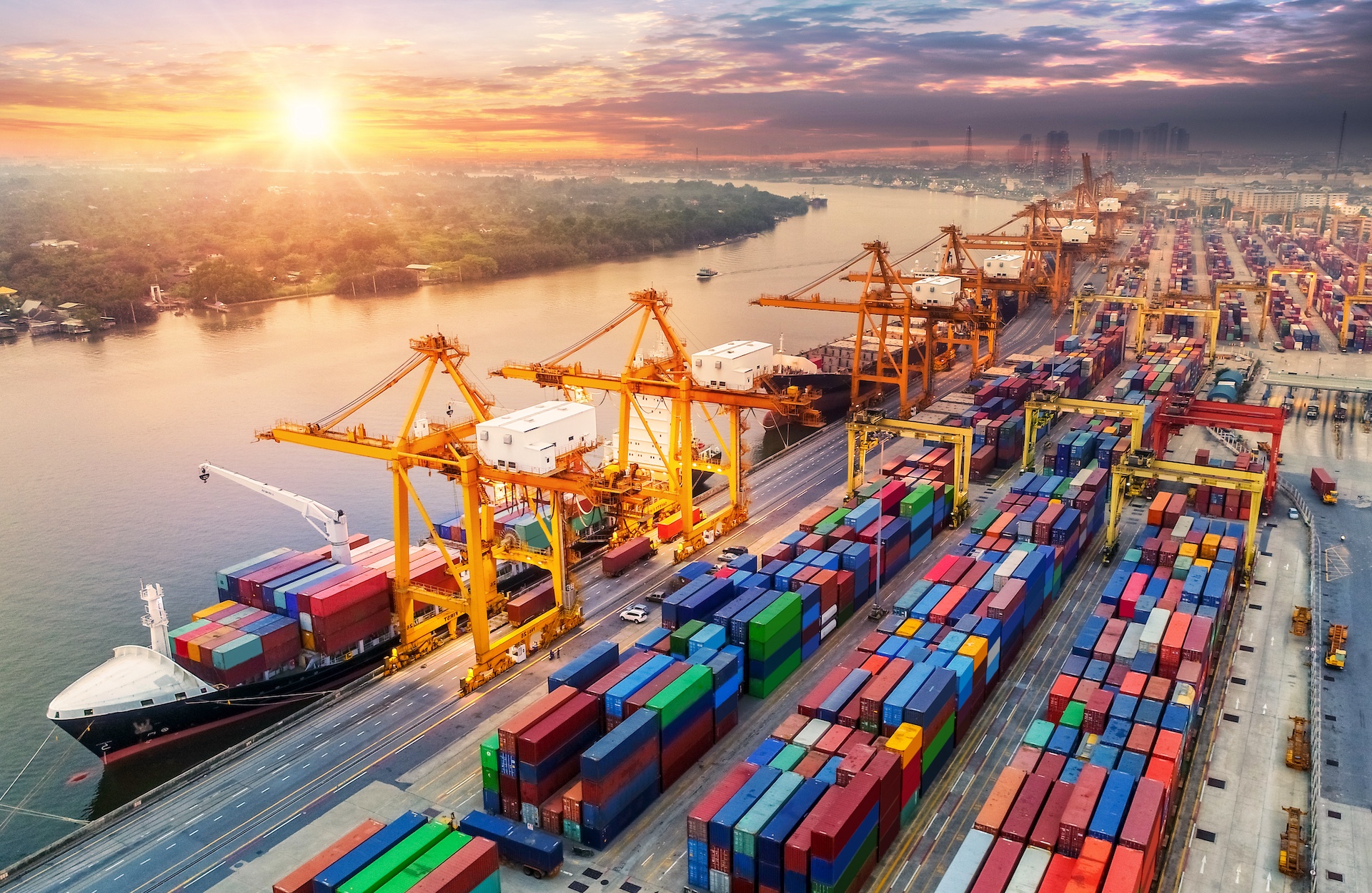Tariffs and Texas: How Trade Policy is Reshaping Industrial Real Estate Demand

Trade policy has become a defining factor in industrial real estate development across Texas. As tariff structures evolve and companies reassess their supply chain strategies, we're witnessing fundamental shifts in where and how industrial facilities are being developed throughout the state.
The Nearshoring Acceleration
Recent tariff policies have accelerated a trend that was already gaining momentum: companies moving manufacturing and distribution operations closer to their primary markets. For Texas, this has created unprecedented demand for industrial real estate, particularly in submarkets with proximity to Mexican border crossings and major transportation corridors.
Our analysis shows industrial absorption rates in key Texas markets have increased 40-60% compared to pre-tariff implementation periods, with particularly strong demand in:
- El Paso and the broader West Texas corridor
- San Antonio's South and Southwest submarkets
- Houston's East and Southeast industrial nodes
- Dallas-Fort Worth's southern tier developments
This demand surge isn't just affecting existing inventory – it's fundamentally reshaping where new industrial development is occurring and what types of facilities are being built.
Manufacturing Renaissance
Perhaps the most significant impact has been the revival of manufacturing-focused industrial development. Companies previously reliant on overseas production are establishing or expanding Texas operations to serve domestic markets while maintaining cost competitiveness.
We're tracking several key manufacturing sectors driving this demand:
Electronics and Technology: Component assembly and final product manufacturing moving from Asia to Texas facilities with both production and distribution capabilities.
Automotive: Parts suppliers and assembly operations expanding Texas presence to serve growing domestic vehicle production while reducing supply chain vulnerability.
Textiles and Consumer Goods: Light manufacturing operations relocating to Texas to serve North American markets more efficiently.
Food Processing: Companies leveraging Texas' agricultural resources while positioning for domestic and export distribution.
Each of these sectors requires different facility specifications, creating diverse opportunities for industrial developers and investors.

Infrastructure Advantage
Texas' infrastructure advantages have become even more valuable in this evolving trade environment:
- Border Proximity: Strategic locations for managing cross-border supply chains
- Transportation Networks: Robust highway, rail, and air cargo infrastructure
- Port Access: Houston and other Gulf Coast ports providing alternative import/export routes
- Energy Resources: Reliable power at competitive rates for manufacturing operations
- Workforce Availability: Growing industrial workforce across multiple Texas markets
These structural advantages position Texas to capture disproportionate benefits from supply chain reshoring trends.
Investment Implications
The tariff-driven industrial demand is creating several distinct investment opportunities:
Land Banking: Strategic acquisition of industrial-zoned land in key corridors before development pressure fully impacts pricing.
Spec Development: Build-to-suit and speculative industrial development in high-demand submarkets.
Infrastructure Investment: Supporting utilities, transportation, and logistics infrastructure in emerging industrial nodes.
Adaptive Reuse: Converting obsolete industrial facilities to meet modern manufacturing and distribution requirements.

Geographic Hotspots
Different Texas regions are benefiting from distinct aspects of trade policy evolution:
South Texas: Direct beneficiary of nearshoring trends with proximity to Mexican manufacturing and assembly operations.
East Texas: Logistics and distribution advantages for companies serving southeastern US markets.
Central Texas: Technology and electronics manufacturing leveraging Austin's innovation ecosystem.
North Texas: Corporate headquarters and advanced manufacturing supporting diverse industries.
Looking Forward
As trade policies continue to evolve, we anticipate sustained industrial real estate demand across Texas markets. However, the most compelling opportunities will increasingly be found in submarkets that combine multiple advantages: transportation access, workforce availability, infrastructure capacity, and proximity to key supply chain nodes.
Our team continues to actively identify and evaluate industrial opportunities throughout Texas, leveraging our deep market knowledge and relationships to position ahead of this sustained demand surge.



.jpeg)

